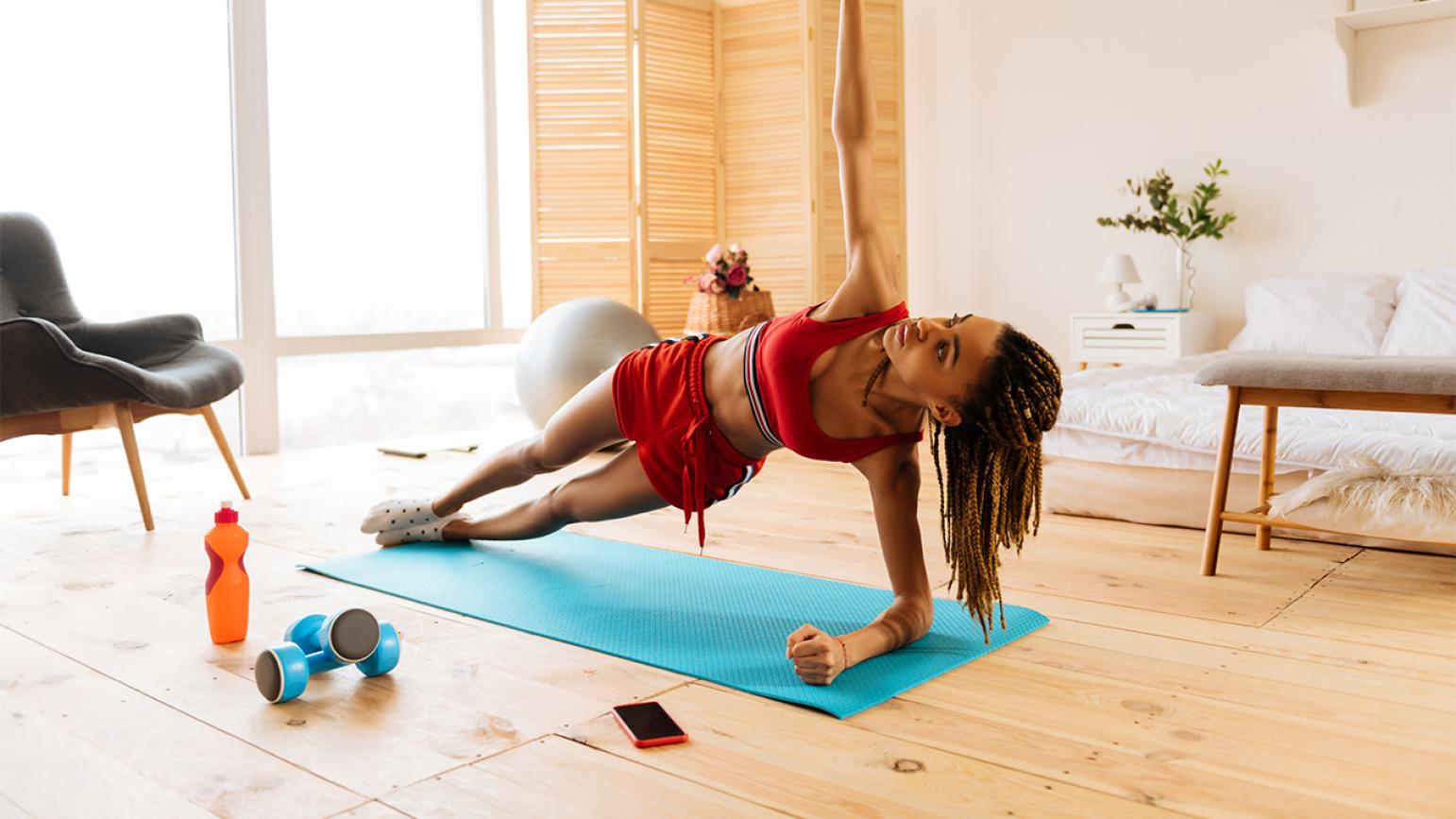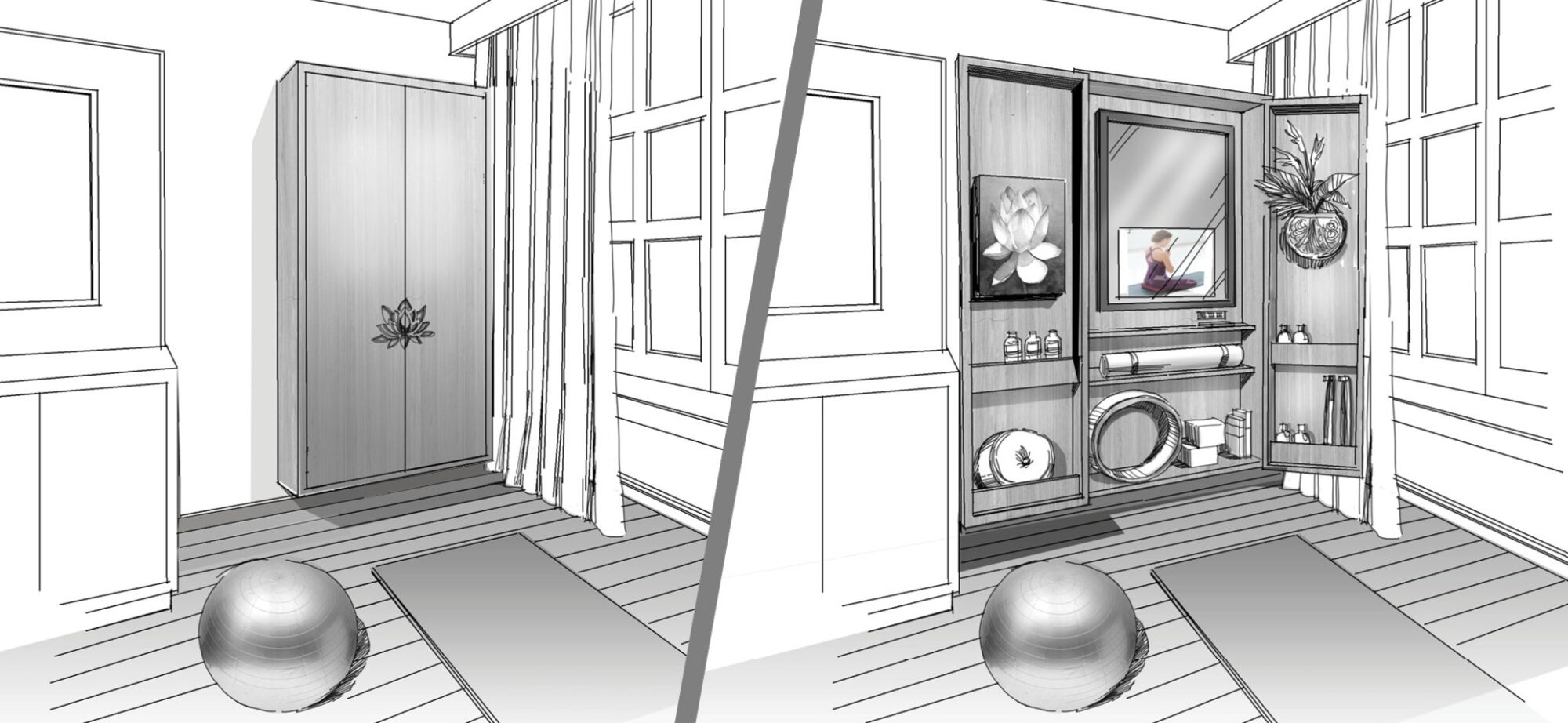Wellness as a way of life: strategic adaptations of guestrooms
By Jennifer Ploszaj
May 15, 2020
Over the last two months, we’ve all learned to adopt new habits – hastily and out of necessity rather than aspiration. Following weeks of forced introspection, it’s safe to assume that we’re now also evaluating which habits we will take forward with us and which ones are better left in the dust of 2020.
Most recently, our female globe-trotting Wimberly Interiors’ team have discovered how quickly we’ve adapted to at-home virtual fitness routines. Zoom Pure Barre classes; Google Hangout yoga; Andy Puddicombe’s VR meditation in Yosemite Valley; even Barry’s has taken its famous Red Room virtual. We can now connect with our favorite classes, instructors and gurus 24/7/365.
As travelers, we all know the challenge of taking our fitness and wellness routines on the road. And we have made gallant efforts to do so in the past. But now suddenly, our health and wellness are non-negotiable. The research is overwhelming – Home Fitness is one of the industries experiencing a surge in demand as a result of the pandemic. In its Q1 earnings call, Peloton reported a 66% rise in revenues and is projecting its subscriber base will rise past 1 million for 2020. McKinsey, which has been meticulously tracking consumer sentiment throughout the pandemic, reports that Wellness as a category (online fitness, wellness app usage, digital exercise machine, telemedicine, spending time outdoors) has increased across all 12 countries it’s tracking – from North and South America to Europe, China and across Southeast Asia.
The indicators are starting to point to long-lasting changes in behavior – consumers will undoubtedly continue to prioritize their health and wellness. So, what does this mean for the travel industry at large and hospitality more specifically?
As our hospitality community begins the arduous task of re-opening, suddenly the communal fitness center becomes a hurdle, rather than an amenity. A 2017 study on Hotel Brand Standards from the Cornell Center for Hospitality Research showed that in all categories of hotels the proportion of actual fitness center use by guests never exceeded 31% and dipped as low as 14% in the Upper Upscale category. Admittedly, hotel fitness centers in the world’s top luxury properties are always an extraordinary experience. But luxury hotel choices on business travel aren’t always an option. So, most often we are faced with the hotel gym that is there to purely tick a brand standard ‘amenities’ box. An amenity that research shows more than 70% of guests never actually use. Of course, hoteliers and owners already know this. And they know that these costly, often grim fitness centers could be repurposed into a more compelling revenue-generating space.
What if we do away with the daunting sanitation challenge of the costly, unused, outdated fitness center and instead make a small but strategic adaptation to the guestroom? In an executive king room, consider removing the chaise and cocktail table and converting 20 square feet into a private, personal wellness space. Giving guests back their ability to take their health and wellness on the road. And the control over how and when they invest their limited personal time while travelling.
Replace hard to clean carpet with more durable, elegant, easier-to-maintain wood floors. Convert the entertainment console into a Wellness Étagère with a few high-impact, cost-effective accessories that are difficult to travel with – yoga mat, blocks, wheel and a fitness ball. Offer sealed and sterilized bands, straps and small hand weights available upon request or for sale. Or go the extra mile and include additional power outlets, Bluetooth speaker, fresh flowers, a selection of organic juices and teas, artwork, a mini wellness library, and perhaps a selection of spa retail products or cookbooks. Perhaps collaborate with one of the many rising star fitness and wellness trainers to offer guests a bespoke experience they can do virtually with your ‘in-house fitness consultant’. For larger rooms or suites, the design possibilities and uplift in rate expand even further.
We’re all rethinking the future. And for those of us working within the travel industry, considering how strategic design adaptations could address changing consumer behavior. Ultimately, helping our fellow travelers and hotel guests to live and stay well – mentally and physically – while strategically maximizing space and return on investment for owners.
ABOUT
Jennifer Ploszaj is WATG and Wimberly Interiors’ Chief Marketing Officer, overseeing the global brand, marketing and communications strategy, and offering clients strategic marketing and project positioning advice.
Latest Insights
Perspectives, trends, news.
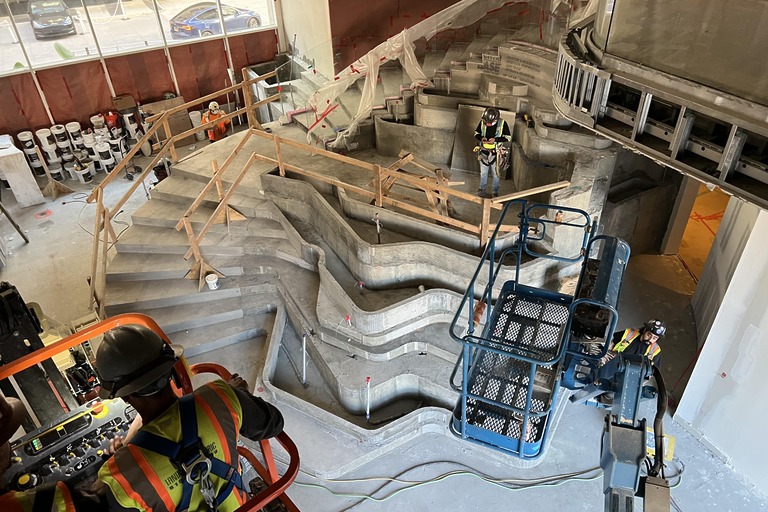
- Design Thinking & Innovation
The Reality of Construction: Architecture in Practice
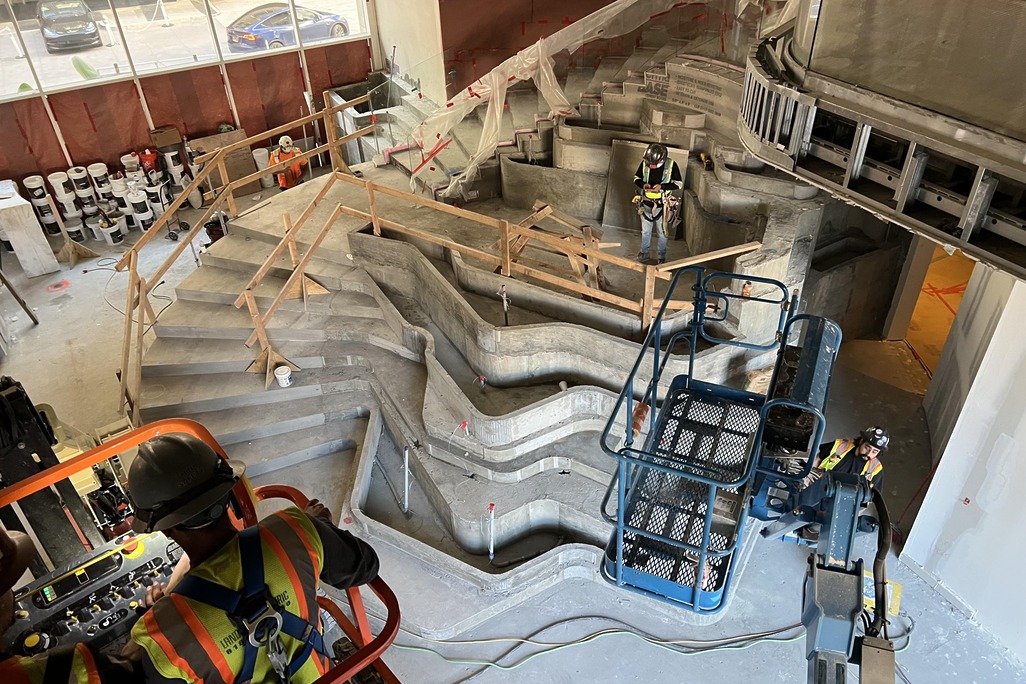
- Design Thinking & Innovation
The Reality of Construction: Architecture in Practice

- Sustainability
Designing The Hotel of the Future

- Sustainability
Designing The Hotel of the Future

- Residential
Mont Choisy La Reserve: Blending Urban Energy and Tranquil Biodiversity
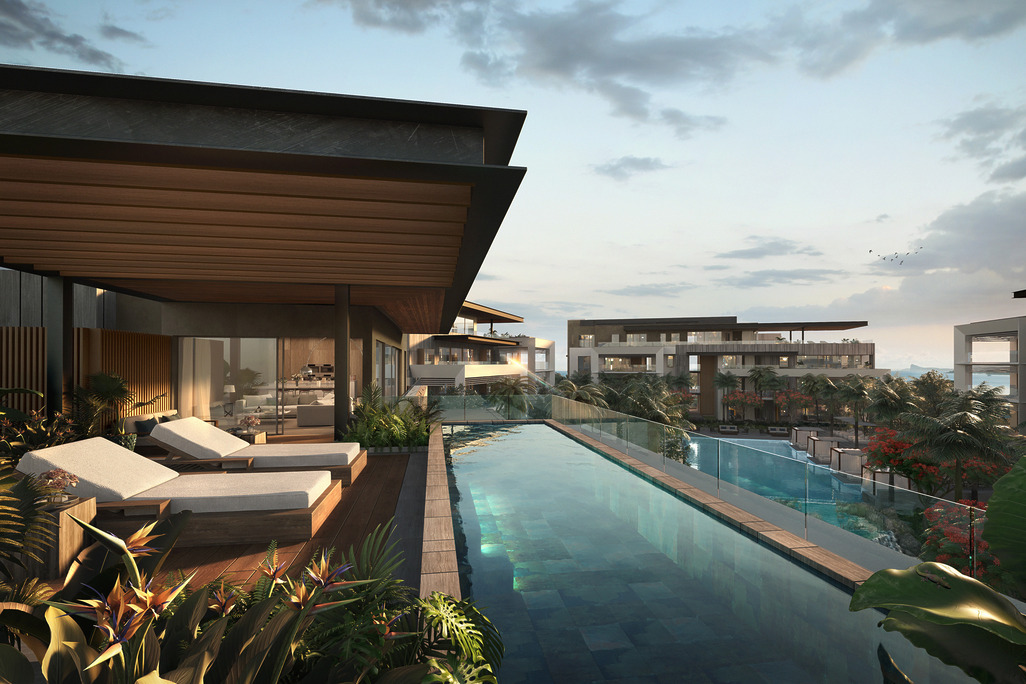
- Residential
Mont Choisy La Reserve: Blending Urban Energy and Tranquil Biodiversity

- Case Study
In Conversation: Douglas Kim, General Manager of JW Marriott Jeju

- Case Study
